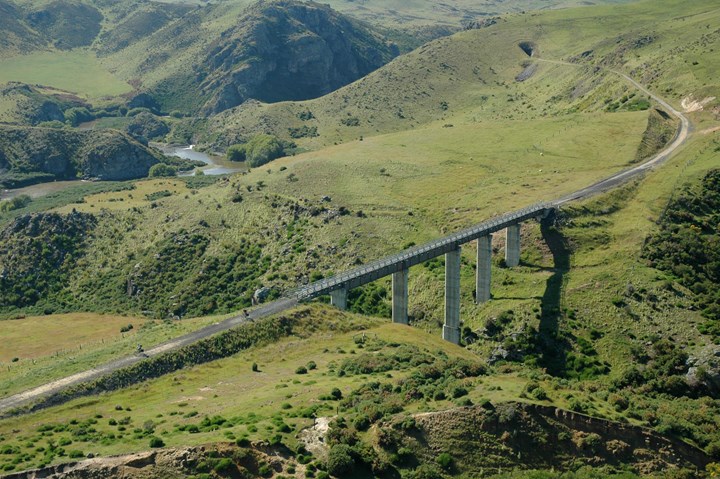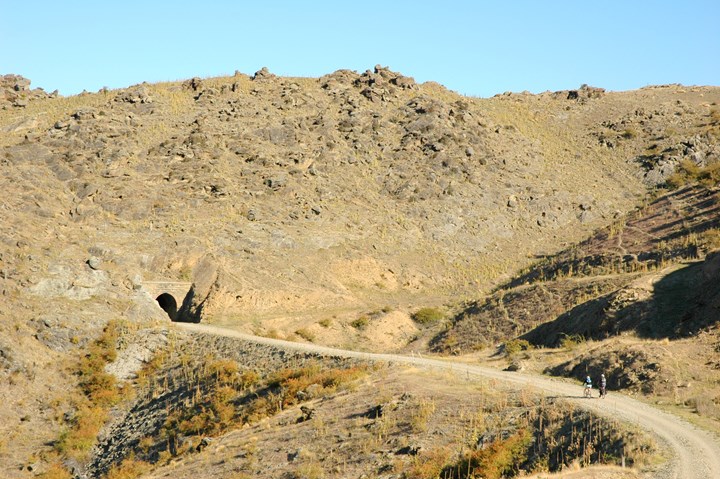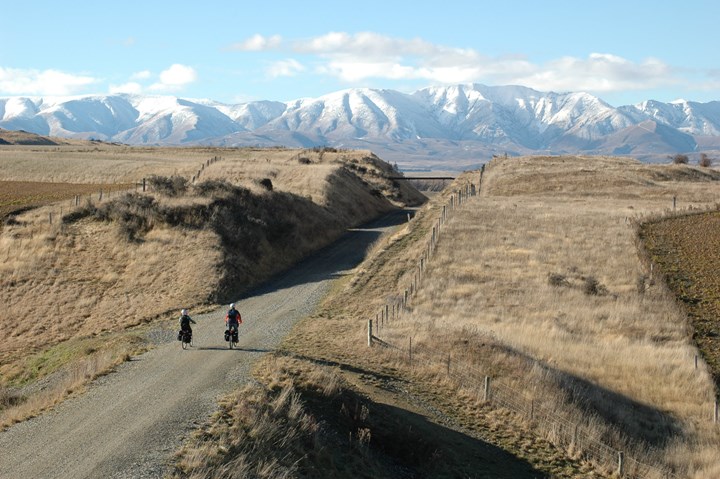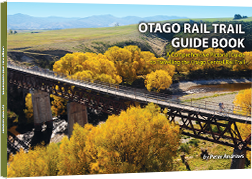Bike Hire Companies
Most bike hire companies are also tour organisers, and while they do a very good job they provide packages rather than custom-plan, which of course is a key benefit of self-planning where you’ll engage directly with accommodation hosts, bus companies, rental vehicle businesses, etc.
Aside from bikes, many manufactured specifically for the Rail Trail, cycle hire companies will also transport your luggage from one night’s accommodation to the next and also passenger you to/from the Taieri Gorge Railway Pukerangi Station and Middlemarch.
If you or a member of your party are not the fittest or are of an age where joints are protesting do remember to ask about hiring electric-assist cycles.














